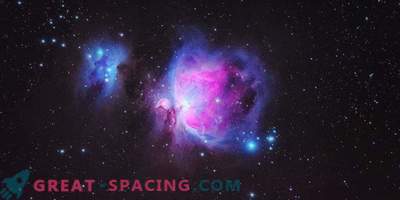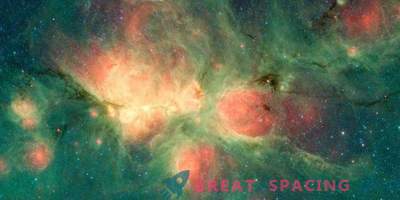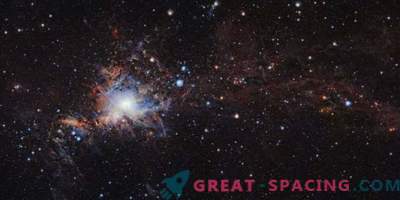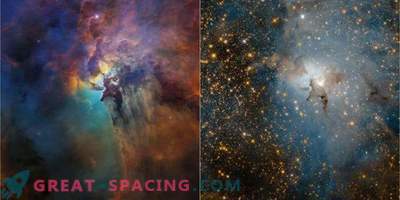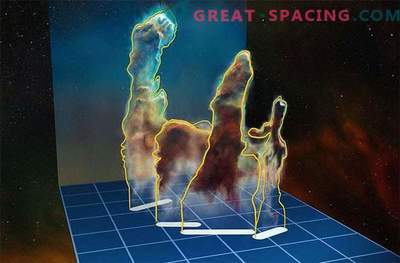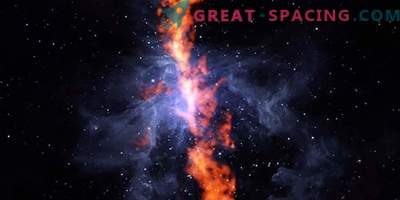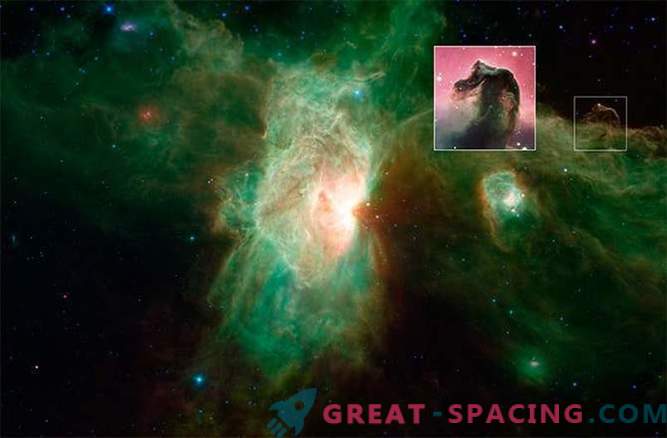
The NASA Spitzer Space Telescope, which makes images of space in infrared light, made a new photo of the beautiful Flame Nebula, revealing some interesting features that otherwise would have remained invisible at other wavelengths.
But wait, what does this hide in the beautiful curls of gas and dust on the right?
Of course, this is the familiar form of the Horsehead Nebula, which became famous for the Hubble Space Telescope. True when viewed in infrared light, the Horsehead Nebula is a ghostly vision.
Observations in the optical wavelength range emit opaque dust, but in the infrared range, this dust becomes invisible. Infrared light “cuts out” a strange shape, leaving only beams of structure that outline the “head” of the nebula. The use of infrared light in astronomy is a powerful tool for studying nebulae such as Flame, located at a distance of 1200 light-years from Earth near Alnitak, the most western star in the Orion belt. Deep within the complex of molecular clouds in Orion, where the Flame Nebula and the Horsehead Nebula are located, an evolutionary process takes place. Stars are formed from molecular hydrogen, but we cannot see this in the optical wavelength range.
But thanks to infrared observations, which act as ultrasound, we can look through the dense nebula, which will allow us to see the emerging stars.
In this image, the white and bluish shades are the hottest spots, while the greenish and reddish colors are dust clusters.


